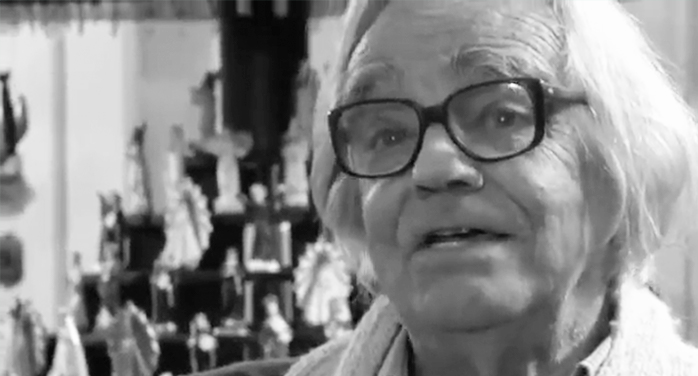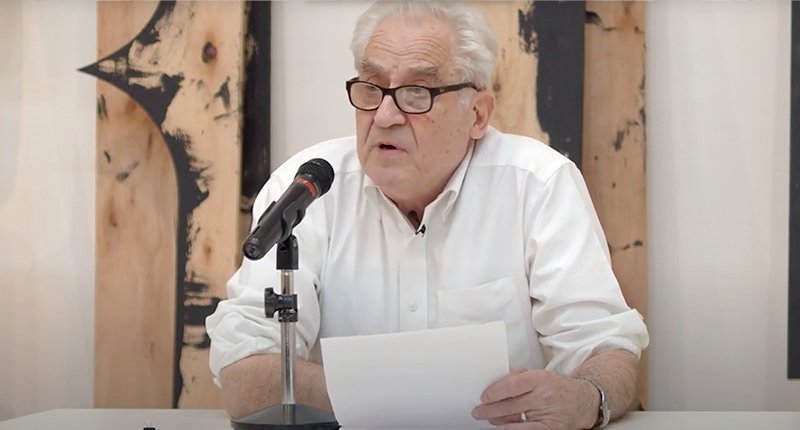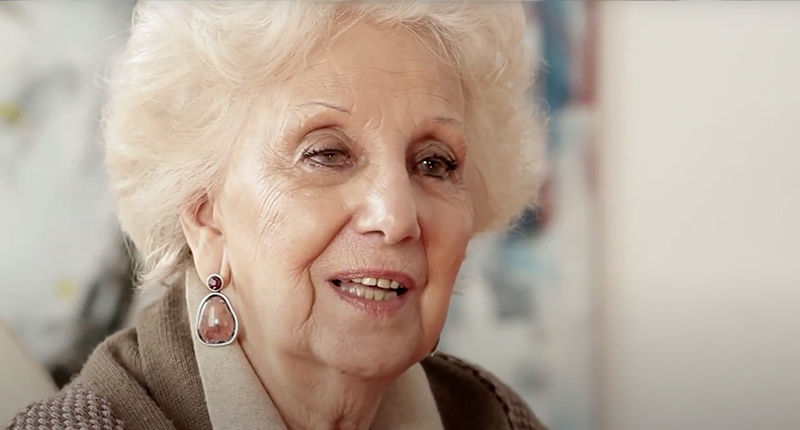THE PEOPLE ON THE STREET
Mobilization as a political tool of the popular classes
MAY 2019
Since its inception, Argentine political history has been marked by a popular tradition linked to street mobilization. The public space is a witness and scene of multiple manifestations that express different consciences, struggles, demands and claims of our society. If we look back, we find great antecedents that demonstrate the consciousness of the popular classes about the power of mobilization as a tool of political action: The occupation of the main square in the Week of May (1810), The Revolution of the Park (1890) , The Rebellious Patagonia (1921), the General Strike of 1936 and the October 17 (1945), among others.
The 1960s was a historical period where Western and Christian values entered into crisis around a postwar capitalist world. On all continents, the youth, the workers, the peasants, and the students occupied the streets and rebelled against the established order.
In 1966, the self-proclaimed “Argentine Revolution” came to power through a new coup. The de facto president, Juan Carlos Onganía, stated that his main objectives were to restore “order” in the country and “modernize” the economy. In this way, unions and universities intervened, prohibited partisan political activity, froze wages, and suspended joint ventures. In its first three years in office, the dictatorship already had a long list of political prisoners, exiled professionals, and a broad political rejection of society.
The popular rebellion that occurred in Córdoba in 1969 was the most complete expression of that popular tradition linked to mobilization as a form of protest and rebellion. The two Rosariazos (1969), the Tucumanazo (1969), the Mendozazo (1972) and the Rodrigazo (1975), among other “azos”, put political projects in check and maximized political action and the power of popular resistance .
The video is part of the exhibition
”LUCHA DE CALLES. IMÁGENES Y RELATOS A 50 AÑOS DEL CORDOBAZO”
Sala PAyS – Parque de la Memoria
22.03.2019 al 09.06.2019
Audiovisual Production “50 years after the Cordobazo”
Realization: Collective Adiovisual Pila
Voices: María Forni and Cristian Sabaz Script: Agustín Gentile
Research: Parque de la Memoria Team.
Documentary sources: General Archive of the Nation ARGRA National Archive of Memory Public Library of the National Congress National Library Archives Department of the National Library Mariano Moreno CeDInCI Center for Conservation and Audiovisual Documentation of the UNC Radio and Television Services of the University Nacional de Córdoba Canal 10 y 12 de Córdoba Photographs José Ardilez




